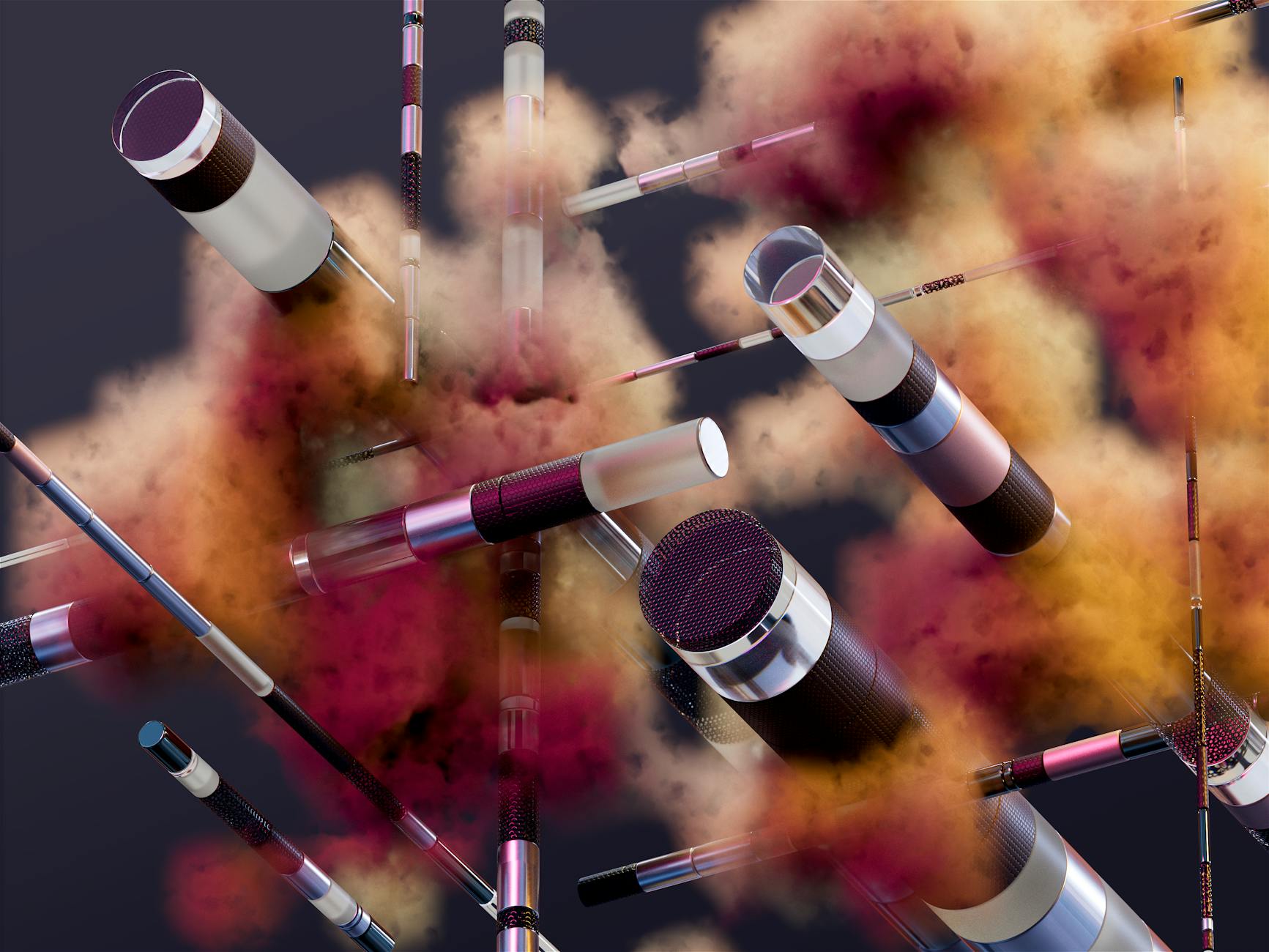
AI Game Design Tools: The Future of Game Development (2025 Trends & Insider Tips)
Remember the days when designing a game meant spending months sketching levels, hand-coding mechanics, and praying your art team didn’t quit? Yeah, me too. But here’s the good news: AI game design tools are flipping the script. Whether you’re a solo indie dev or part of a AAA studio, these tools are like having a caffeine-fueled, hyper-creative assistant who never sleeps. Let’s dive into how AI is reshaping game design—and why ignoring it might be the biggest mistake you make this decade.
Why AI Game Design Tools Are a Game Changer
AI isn’t just about chatbots pretending to be Shakespeare anymore. In game design, it’s automating grunt work, sparking creativity, and even predicting what players want before they know it. Here’s why you should care:
- Speed: Generate levels, dialogue, or textures in minutes, not weeks.
- Cost: Slash budgets by automating repetitive tasks.
- Innovation: AI can suggest mechanics or narratives you’d never think of.
- Accessibility: Small teams can now compete with industry giants.
Top AI Game Design Tools You Should Try in 2024
Not all AI tools are created equal. Here are the ones I’ve tested (and actually loved):
1. Promethean AI: Your Virtual Art Director
This tool is like having a grumpy but brilliant art director who never takes lunch breaks. Feed it a mood board, and it’ll generate 3D assets, lighting setups, or even entire scenes. I used it for a horror game last year, and it suggested a creepy hallway layout that made my playtesters quit—mission accomplished.
2. ChatGPT for Game Narratives
Yes, the same AI that writes bad poetry can also craft branching dialogues. I once fed it a prompt like, “Write a conversation where a space pirate argues with a sentient toaster,” and the results were… disturbingly good.
3. Unity Sentis: AI Inside Your Game Engine
Unity’s new AI runtime lets you embed models directly into games. Imagine NPCs that learn from player behavior or dynamic difficulty that adjusts in real-time. It’s like giving your game a brain.
2025 Trends: Where AI Game Design Is Heading
If you think AI is impressive now, just wait. Here’s what’s coming:
- Procedural Everything: AI will generate not just levels but entire game worlds with ecosystems, cultures, and histories.
- Emotional AI: NPCs that remember your actions and react authentically (finally, companions who won’t walk into walls).
- Voice-to-Code: Describe a mechanic in plain English, and AI writes the script. No more debugging at 3 AM.
AI Tool Showdown: Comparison Table
| Tool | Best For | Price | Learning Curve |
|---|---|---|---|
| Promethean AI | 3D Asset Generation | $30/month | Moderate |
| ChatGPT | Narrative Design | Free-$20/month | Easy |
| Unity Sentis | In-Game AI Behaviors | Free (with Unity Pro) | Steep |
FAQs About AI Game Design Tools
Will AI replace game designers?
Not a chance. AI is a tool, not a replacement. Think of it like a power drill vs. a carpenter—the drill’s useless without skill behind it.
Are these tools ethical?
Most use ethically sourced data, but always check licenses for generated assets. And no, you can’t copyright “space pirate toaster” (I tried).
Which tool is best for beginners?
Start with ChatGPT for writing or Leonardo.ai for 2D art. They’re forgiving and don’t require a PhD in prompts.
Final Thoughts: Stop Watching and Start Creating
AI game design tools aren’t the future—they’re the present. The only real risk? Waiting too long to try them. So pick one tool this week, mess around, and see what breaks (because it will). Trust me, your next game will thank you.
Ready to dive in? Check out this tutorial on getting started with Promethean AI—it’s the closest thing to a creativity cheat code I’ve found.
Related: midjourney
Related: RTX 5090 benchmarks
Also read: Amazon
Also read: Google


